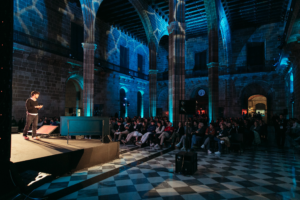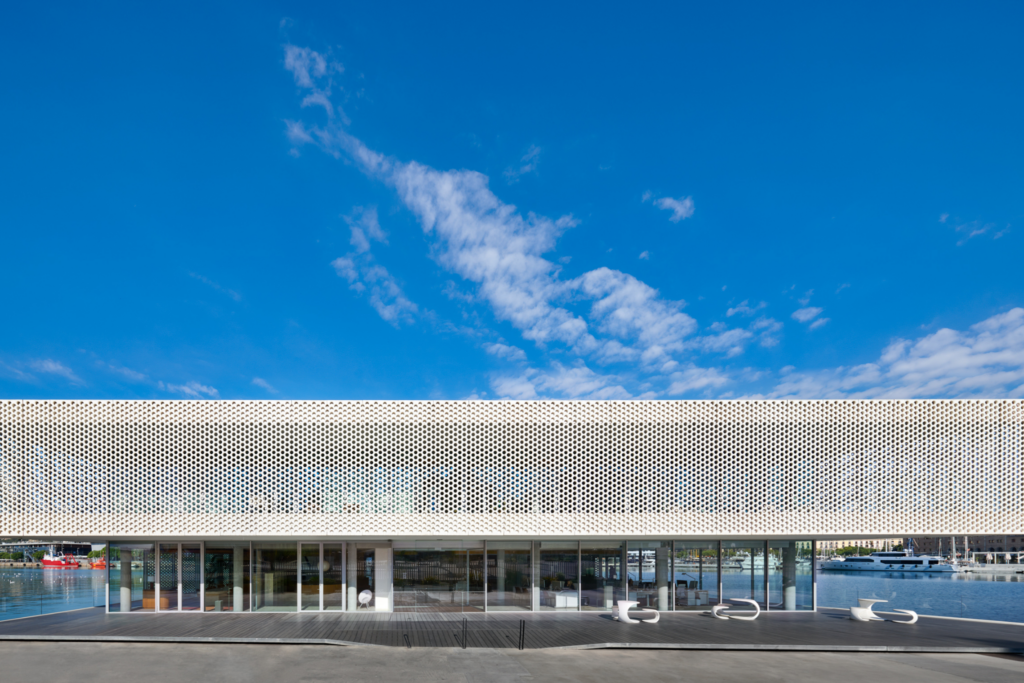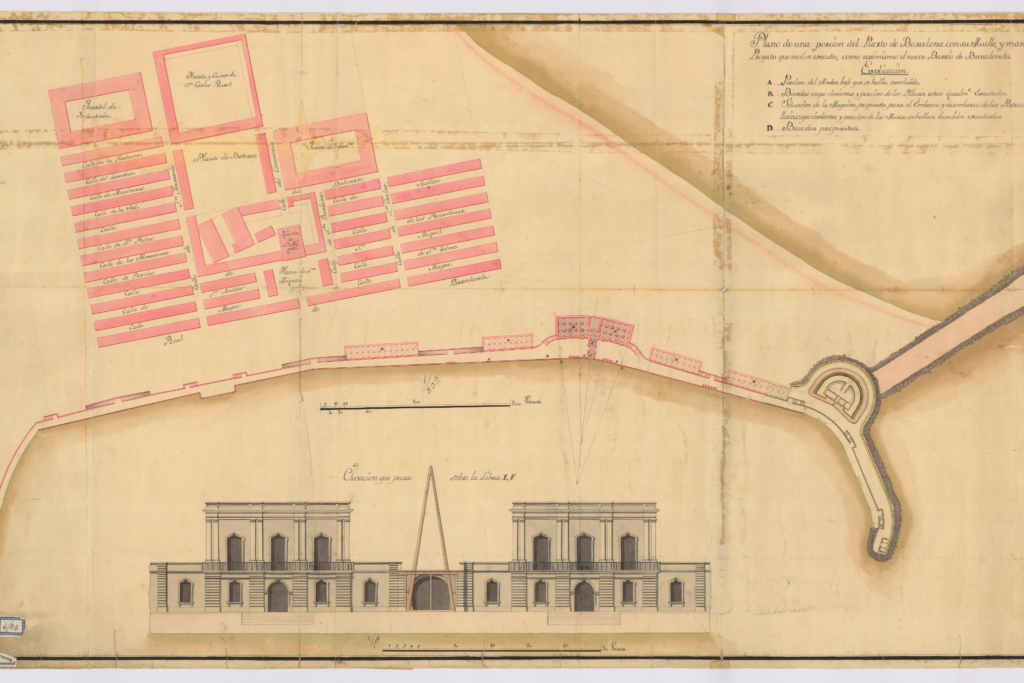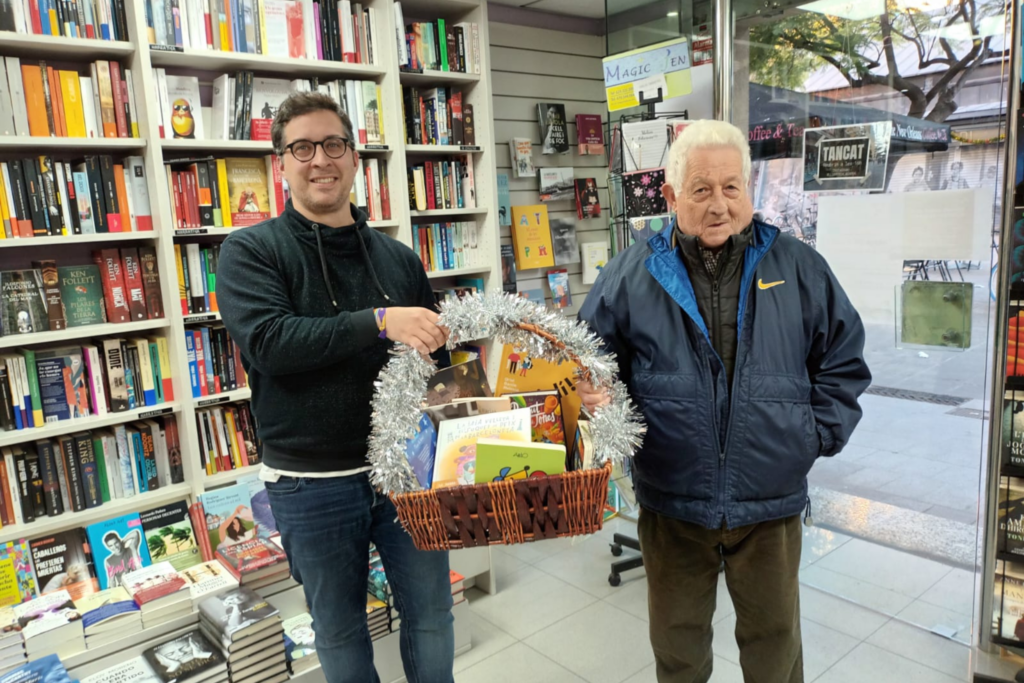
Alex García Borau
Former player and coordinator of RCD Espanyol’s grassroots soccer. Initially
In the previous issue of Essència Barceloneta we explained the origin of the neighborhood cuisine. The fishermen’s “on board” fisherman’s ranch and, above all, the more careful elaborations of the women of the house who cooked the leftover fish, evolved into the first eating houses, turning this highly appreciated home cooking into a business. It was at the end of the 19th century when these fishing families used part of their catches to cook and offer them to the public.
Thus began to emerge premises on the seafront in an area located between the Baths of San Sebastian and what would be in the future, the beginning of the Paseo Marítimo. Parallel to the coast, touching the sand where the streets of the neighborhood ended, a conglomerate of establishments of heterogeneous and homemade construction appeared, boxed in next to each other.
María Vellvé, mother of the Costa family, remembers how her mother and grandmother, seeing that many people came to the beach set up their first table one summer to sell bread and chocolate. The following year they offered mussels and so, little by Little, the area filled up with tables that would end up becoming rudimentary establishments.
After the logical parenthesis of the Civil War, these businesses were reborn with even more impetus. As Jordi Tresserras, university professor and director of the LABPATC Laboratory of Heritage, Creativity and Cultural Tourism of the University of Barcelona, points out, “after the Civil War, in the summer of 1939 they were reactivated with a procedure for the renewal of licenses. In August 1942, an advertisement was published in the magazine Destino with the open establishments that combined the name of restaurants and “merenderos”: the restaurant Casa Costa-El Deporte; the restaurant María of María Rodríguez Fernández; the Restaurant Las Dos Hermanas of María Bellido Sargado (later to be the Merendero de la Mari); the merendero de La Maña, of María Ferruz Ordovas (Barcelona August 22, 1917- December 7, 2008); the merendero Popeye of Josefa Vera Martínez; the restaurant Andalucía en Cataluña of Pilar Alonso López; the picnic area Mar y Playa of José Juan González; the picnic area La Dalia of Susana Vera (later L’Escamarlà); the picnic area La Aurora of Julián Montoya; the picnic area El Salmonete of Catalina Prohens; and the picnic area Sol y Sombra of Mariana Brió. Later, the Costa Azul and El Avión would follow.”
These “chiringuitos” or “merenderos” as they were popularly known, had terraces with decking on the beach or with tables directly on the sand at the back facing the sea. At the beginning they did not have lateral divisions. The kitchens were initially coal-fired and only one had a coffee maker – the Hawaii – from which the rest ordered coffees for their customers.
Neons, hand-painted signs, smoke and a nourishing smell, and the wicker bread baskets with crushed ice filled with shrimp, sea bass, hake, lobster and crayfish, called “cove”, a flat wicker basket that served as a counter with the best products to attract passers-by. At that time, tablecloths always made of cloth, waiters who assaulted visitors with more or less grace to persuade them to come in to eat at their place or to park their car, lifelong neighbors with clueless tourists and locals who came down to the neighborhood to savor an authentic seafood cuisine. All enlivened by a show or by the unforgettable Bernardo and his guitar and a not strict closing time at night.
Going down to Barceloneta to eat would become a tourist attraction and a custom for “those from Barcelona” and the people of the neighborhood. Paella, the genuine zarzuela or grilled seafood and fish tasted on the seafront, was something that could only be experienced here.
You may also be interested in

Former player and coordinator of RCD Espanyol’s grassroots soccer. Initially

Last September, Jordi Camí, professor of pharmacology at Pompeu Fabra

The 4th edition of the benchmark event for the technology

More articles

Celebrating Christmas is one of Marina Puerto Viejo’s most cherished traditions. And this year, as

Next to a rubbish bin I’m going to find a very old Gladiator suitcase and

From 9 November to 10 February 2024. On the occasion of the celebration of the

The basket of “La Garba”, raffle on the 5th of January at 12h. Days of
| Cookie | Duration | Description |
|---|---|---|
| _ga | 2 years | The _ga cookie, installed by Google Analytics, calculates visitor, session and campaign data and also keeps track of site usage for the site's analytics report. The cookie stores information anonymously and assigns a randomly generated number to recognize unique visitors. |
| _ga_2DMP7XMBDL | 2 years | This cookie is installed by Google Analytics. |
| Cookie | Duration | Description |
|---|---|---|
| pll_language | 1 year | The pll _language cookie is used by Polylang to remember the language selected by the user when returning to the website, and also to get the language information when not available in another way. |
| Cookie | Duration | Description |
|---|---|---|
| cookielawinfo-checkbox-advertisement | 1 year | Set by the GDPR Cookie Consent plugin, this cookie is used to record the user consent for the cookies in the "Advertisement" category . |
| cookielawinfo-checkbox-analytics | 1 year | Set by the GDPR Cookie Consent plugin, this cookie is used to record the user consent for the cookies in the "Analytics" category . |
| cookielawinfo-checkbox-functional | 1 year | The cookie is set by the GDPR Cookie Consent plugin to record the user consent for the cookies in the category "Functional". |
| cookielawinfo-checkbox-necessary | 1 year | Set by the GDPR Cookie Consent plugin, this cookie is used to record the user consent for the cookies in the "Necessary" category . |
| cookielawinfo-checkbox-others | 1 year | Set by the GDPR Cookie Consent plugin, this cookie is used to store the user consent for cookies in the category "Others". |
| cookielawinfo-checkbox-performance | 1 year | Set by the GDPR Cookie Consent plugin, this cookie is used to store the user consent for cookies in the category "Performance". |
| CookieLawInfoConsent | 1 year | Records the default button state of the corresponding category & the status of CCPA. It works only in coordination with the primary cookie. |
| elementor | never | This cookie is used by the website's WordPress theme. It allows the website owner to implement or change the website's content in real-time. |